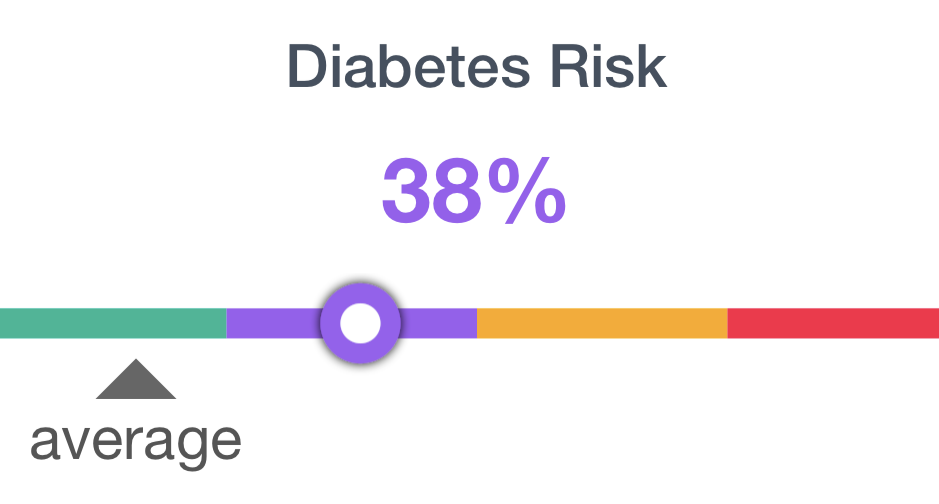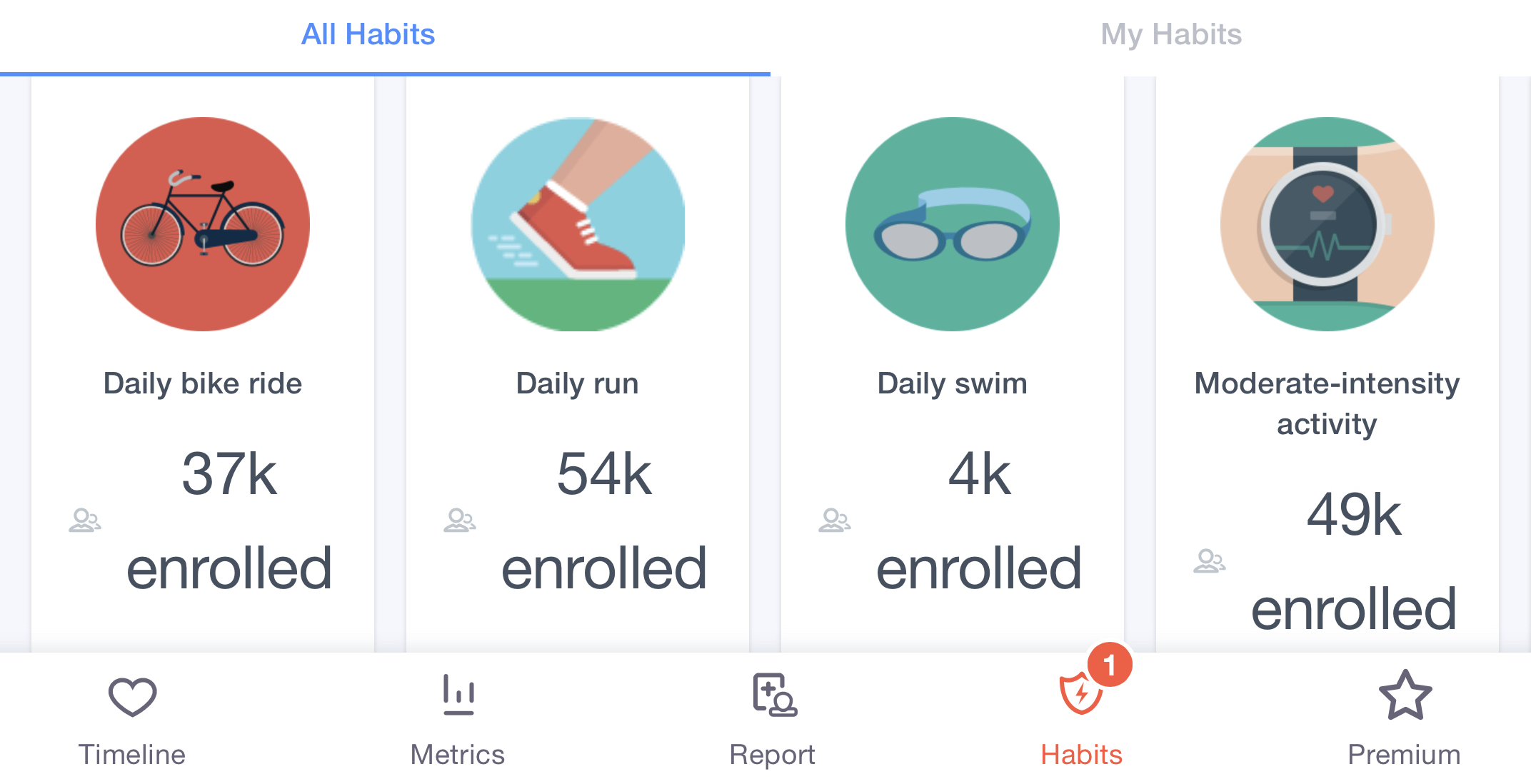Among adults with Type 2 Diabetes (T2DM), cardiovascular disease is the most common cause of death.1 In fact, over 75% of adults with diabetes die from heart disease, compared to 33% in the general population. While these are alarming statistics, we’re here to share the good news: T2DM is treatable, and complications can be avoided! The key is catching it early and taking appropriate action to address it.
Cardiogram's Contribution to Diabetes Prevention
In short, T2DM is an impairment in how the body regulates and uses sugar (glucose) as fuel. When this impairment results in too much sugar circulating in the blood stream, it can result in diabetes and eventually cause problems with the circulatory, nervous, and immune systems. If it goes unnoticed or unattended.
Knowing all of this, the Cardiogram Crew has been working hard behind the screens to utilize our powerful and scientifically-validated algorithm, DeepHeart, to assess members’ risk for diabetes.
And now, here we are, proudly announcing the launch of our latest feature: Diabetes Risk Levels!
This feature is available for all Cardiogram Premium members in the ‘Report’ section of your app, along with your other risk level assessments. To offer an accurate assessment, DeepHeart runs your data against other members who have self-reported a T2DM diagnosis, and provides you with your personal risk level in comparison.
Early Detection for Empowered Prevention
It goes without saying that the earlier high-risk of any disease is detected, the quicker healthy habits can be adopted to help turn the tables. And the best way to prevent and reverse high risk of diabetes is to follow a nutritious eating plan, lose weight, and — of highest importance — to get physically active.2
That’s because for those with T2DM, physical activity improves acute and chronic insulin action. It does this by increasing the amount of blood glucose that muscles can take in through muscular contractions.3 And this uptake of blood glucose into the muscle continues on for hours, or even longer, even after you’ve finished your workout.4 (Talk about motivation!)
Ideal Movement for Insulin Action
Incorporating any extra movement into your day will improve insulin action and improved glucose tolerance more than no added movement. Of course, if you want consistent benefits in these areas, you have to practice consistent healthy habits. With physical activity at the forefront. For best results, it’s recommended that you engage in aerobic exercise at least three days per week, with no more than two days between exercise sessions. That’s because exercise-induced improvements in insulin action don’t last forever, but they can continue to impact blood glucose levels for up to 24 hours.5
For instance, if you walk three days a week, consider adding strength training two days a week. Or, if you strength train two or three days a week, consider adding walking, stationary bicycling, or the elliptical trainer three days a week. Please note that you should always consult with a doctor before increasing the intensity of your physical activity.
5 Easy Ways to Increase Activity for Risk Reduction
While there are limitless ways you can move your body, finding movement you enjoy is the best way to ensure you’ll stick to any workout plan. However, even with movement you enjoy, getting the ball rolling and finding the motivation to start is often the hardest part. Here are five simple ways you can shift out of that lull, and begin incorporating more movement today:
References
1 Benjamin et al., 2019; Harding, Pavkov, Magliano, Shaw, & Gregg, 2019
2 American Diabetes Association. (2019) Standards of Medical Care in Diabetes-2019. Diabetes Care, 42(Supp.1), S1–S193.
3 Colberg, S.R., Sigal, R.J., Yardley, J.E., Riddell, M.C., Dunstan, D.W., Dempsey, P.C…. Tate, D.F. (2016). Physical activity/exercise and diabetes: A position statement of the American Diabetes Association. Diabetes Care. 39(11):2065-2079. doi:10.2337/dc16-1728.
4 King, D. S., Baldus, P. J., Sharp, R. L., Kesl, L. D., Feltmeyer, T. L., & Riddle, M. S. (1995). Time course for exercise-induced alterations in insulin action and glucose tolerance in middle-aged people. Journal of Applied Physiology, 78(1), 17-22. doi:10.1152/jappl.1995.78.1.17
5 Newsom, S. A., Everett, A. C., Hinko, A., & Horowitz, J. F. (2013). A single session of low-intensity exercise is sufficient to enhance insulin sensitivity into the next day in obese adults. Diabetes Care, 36(9), 2516-2522. doi:10.2337/dc12-2606







